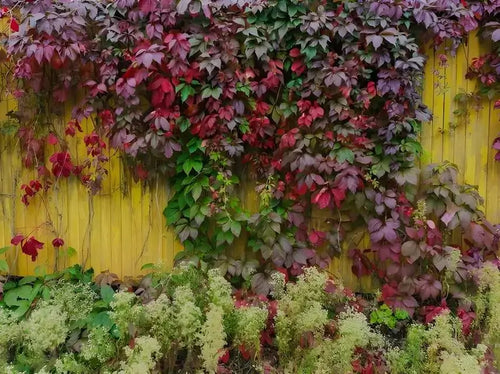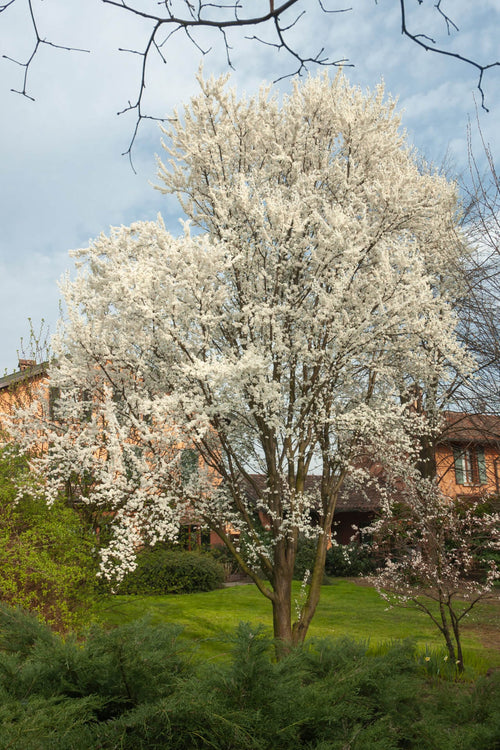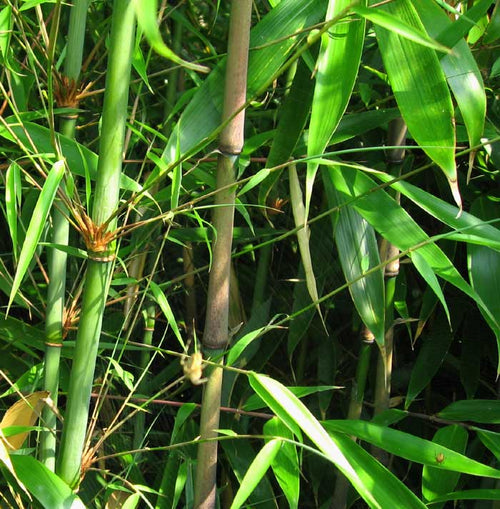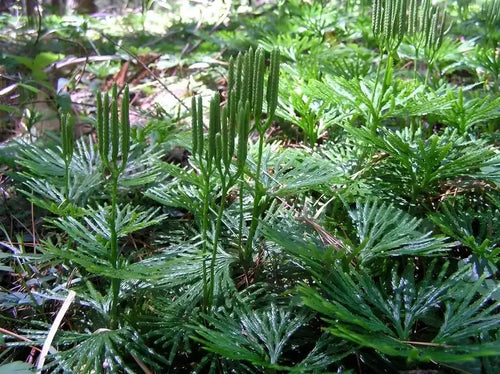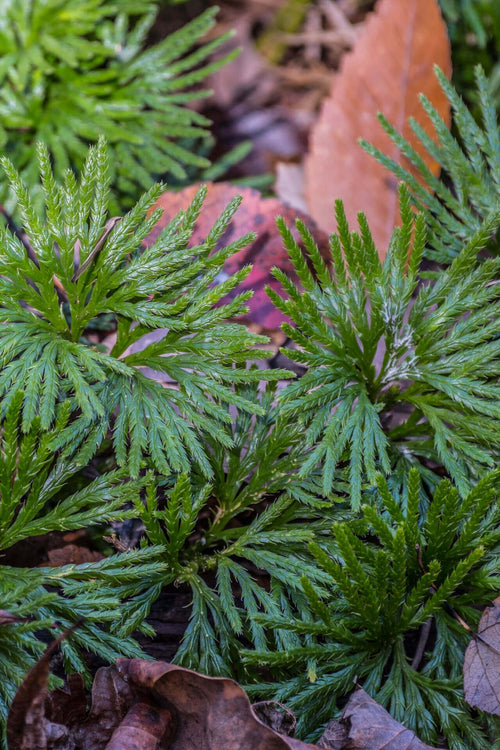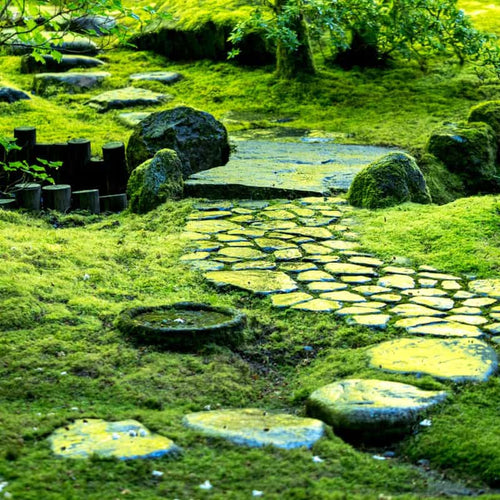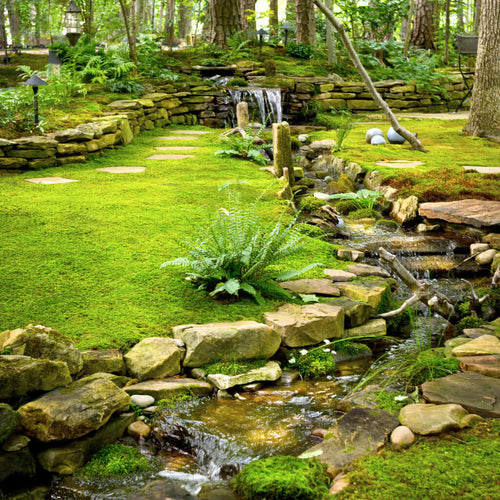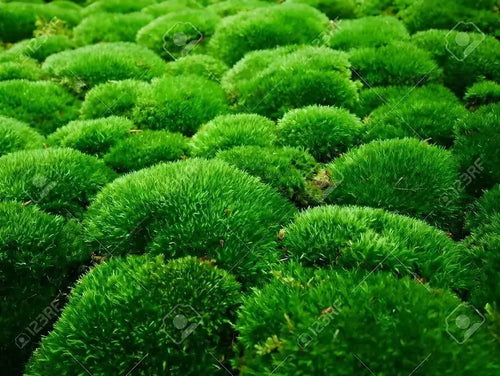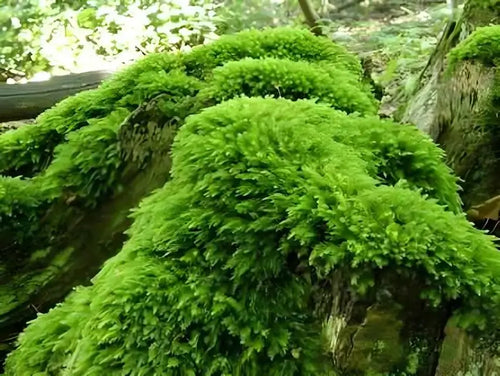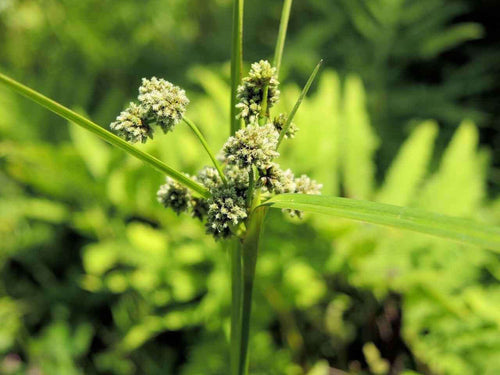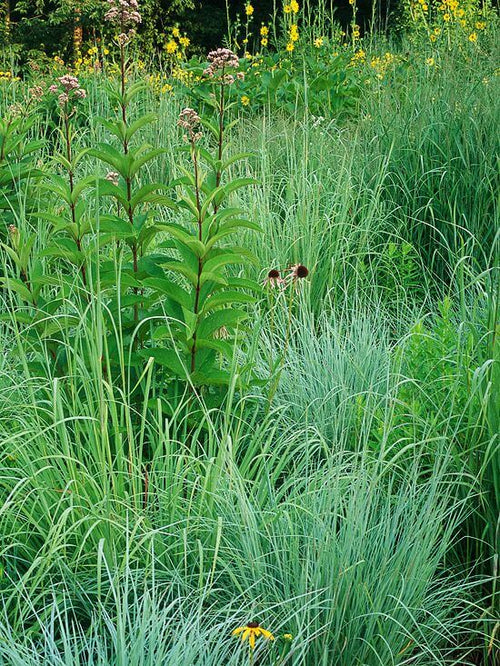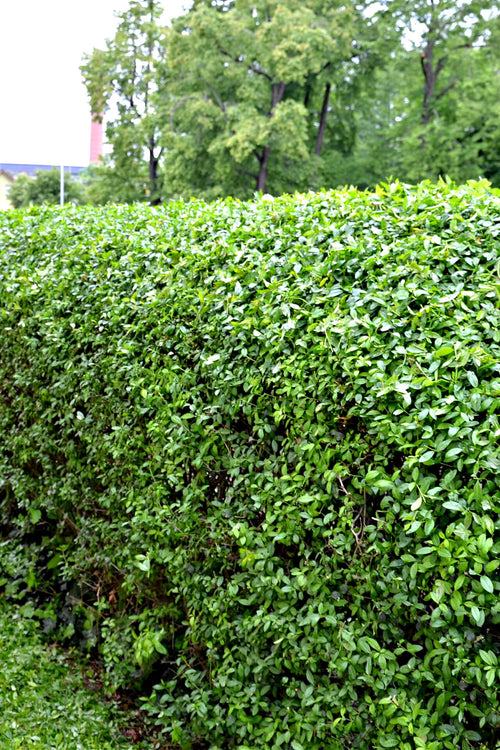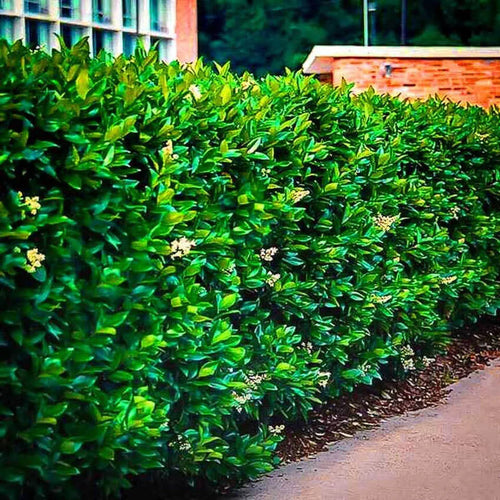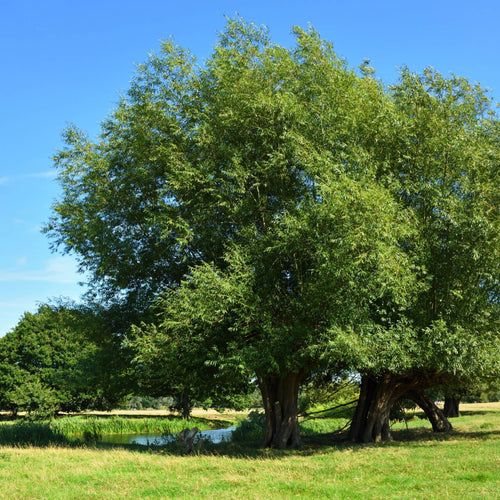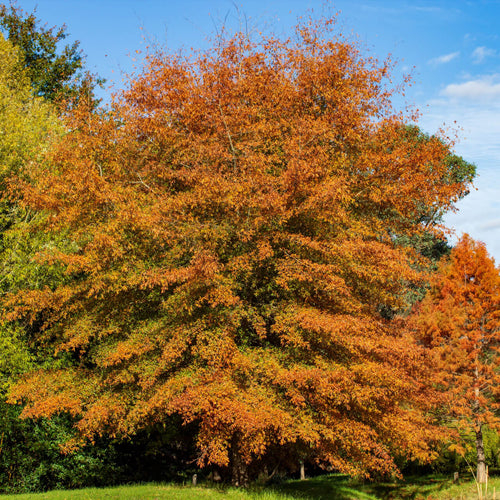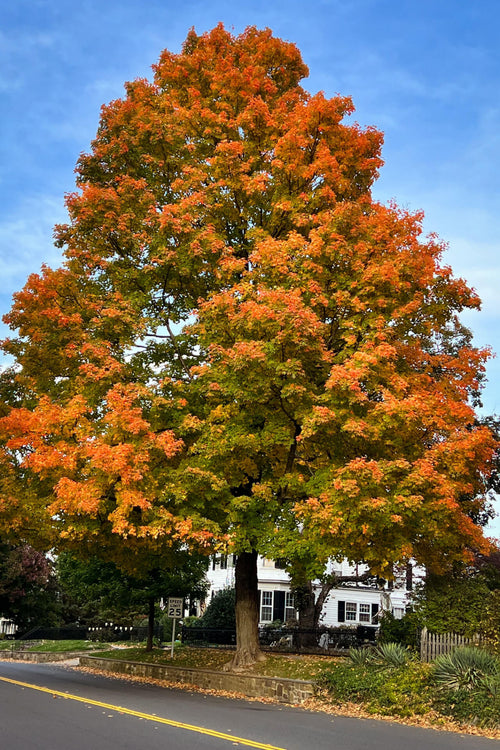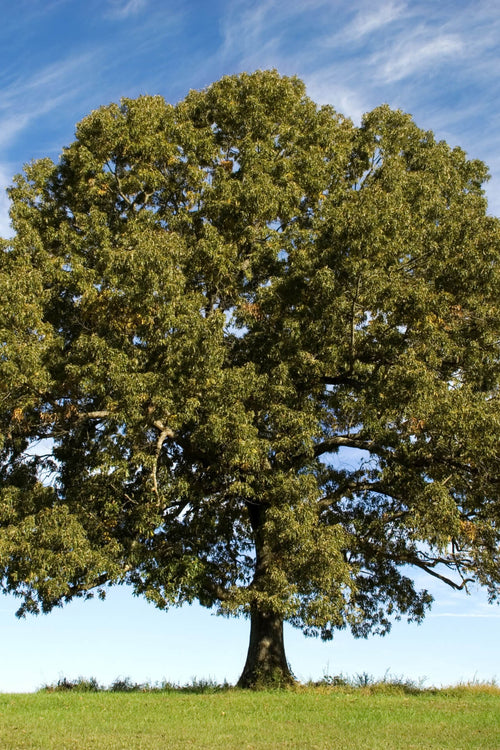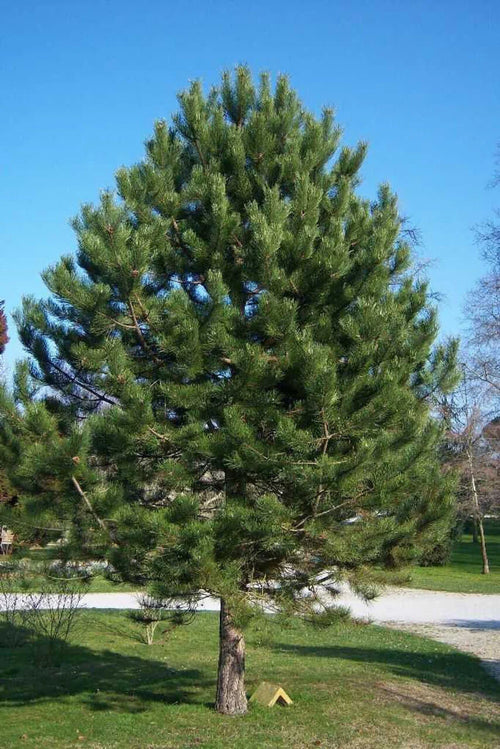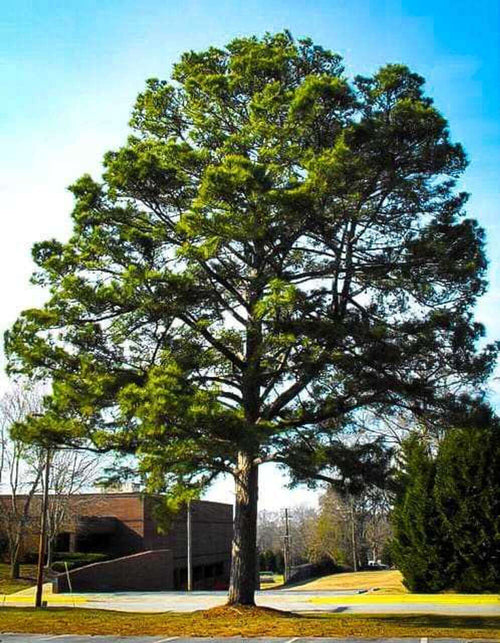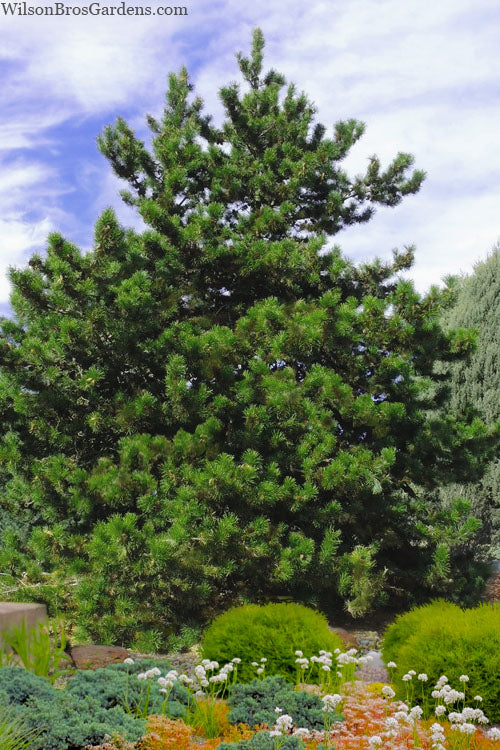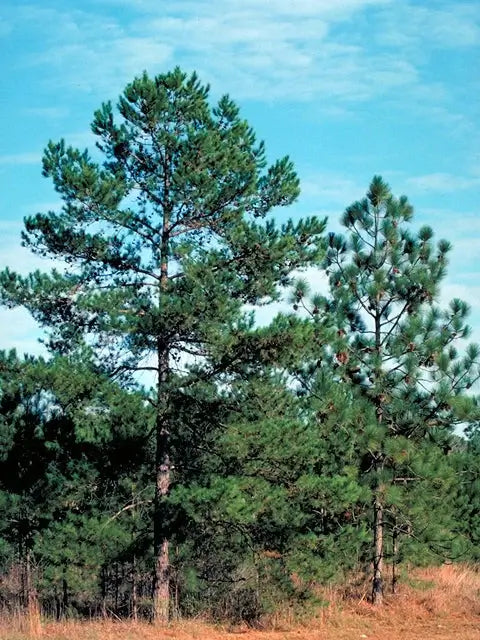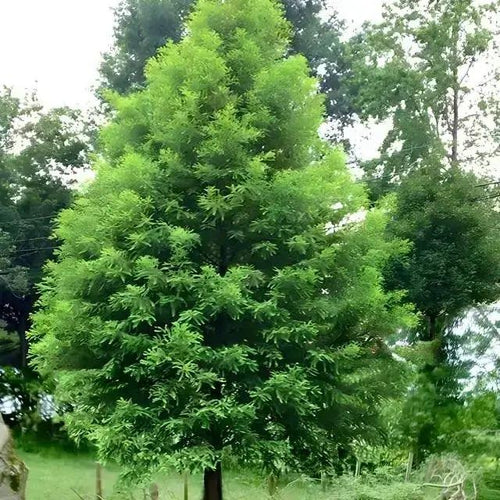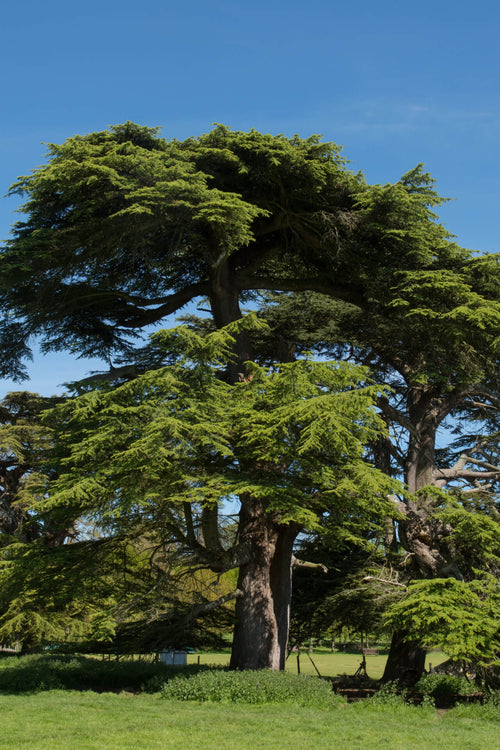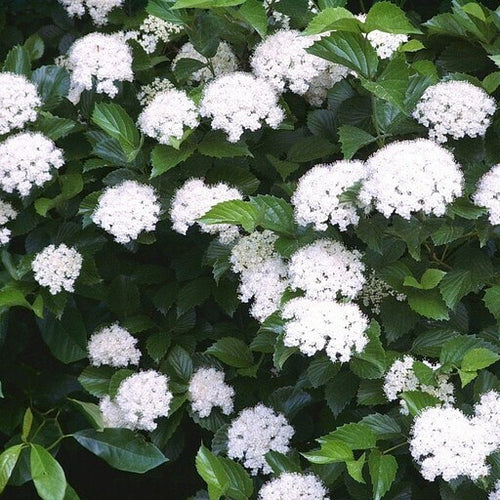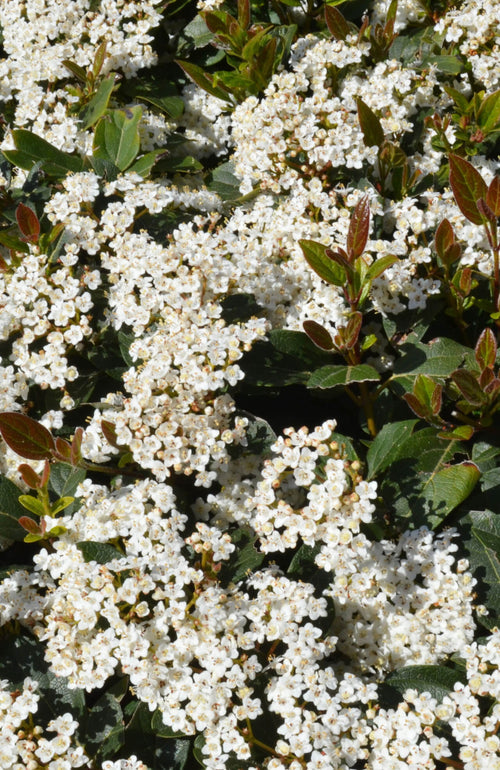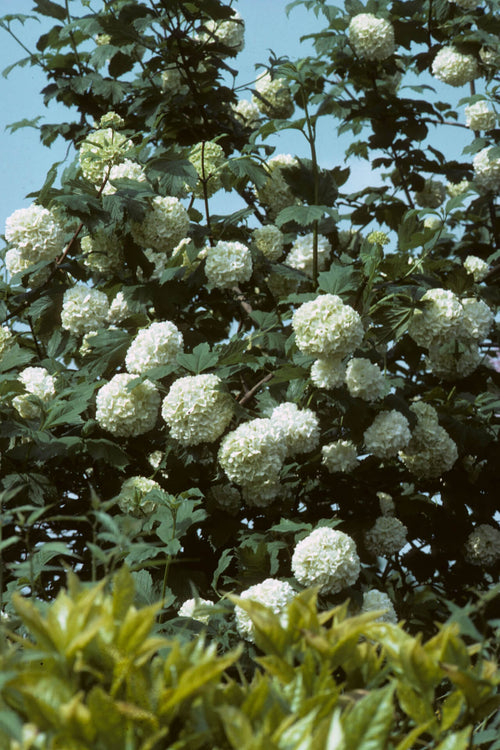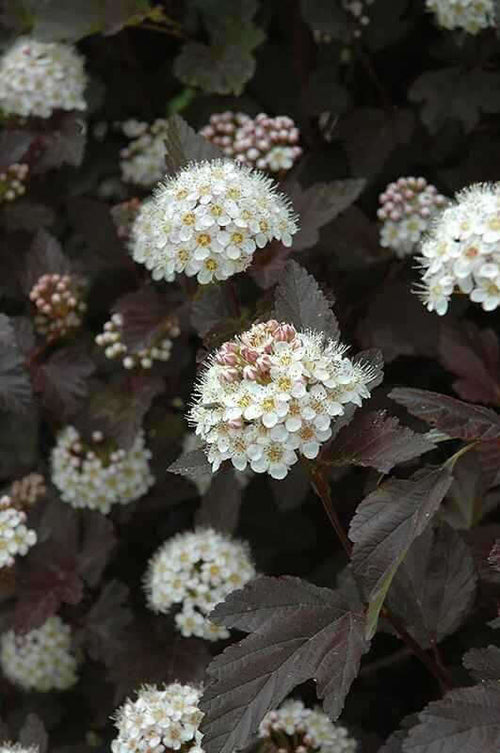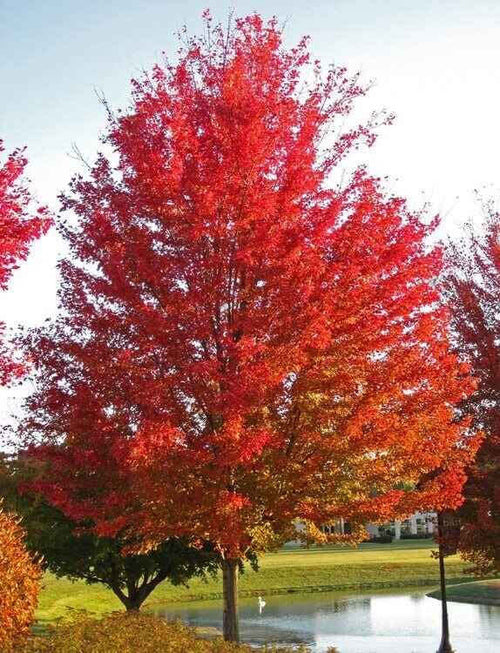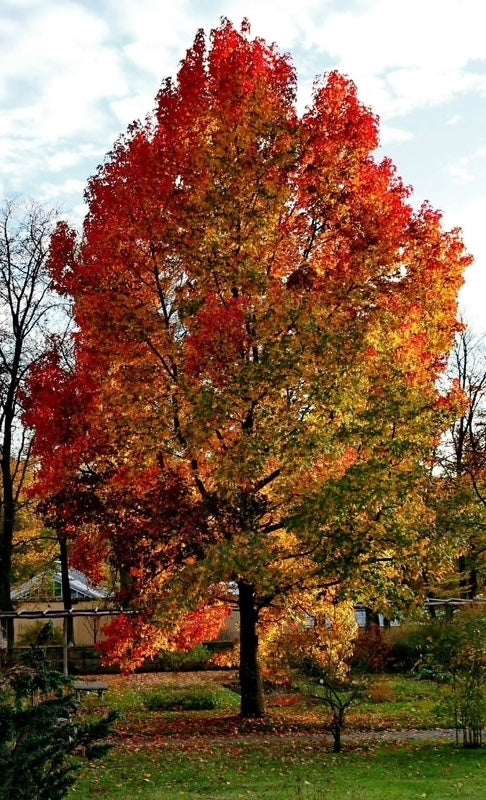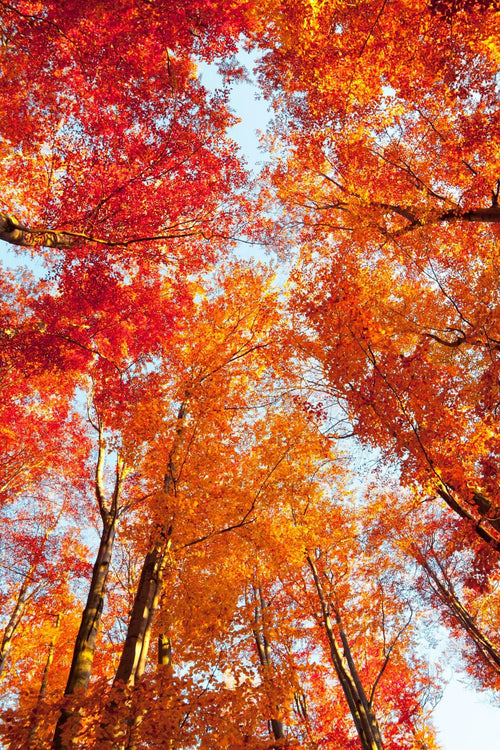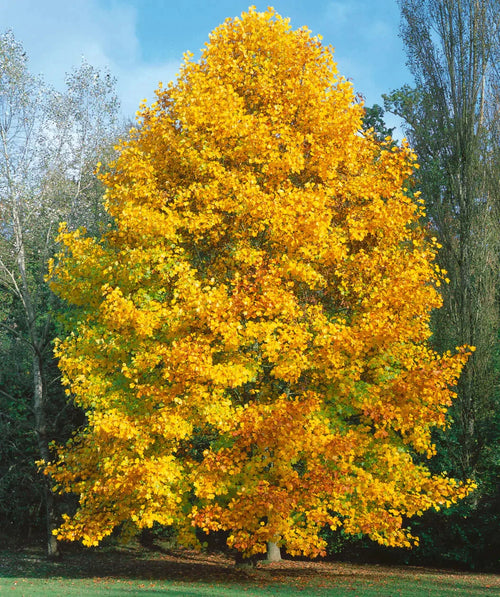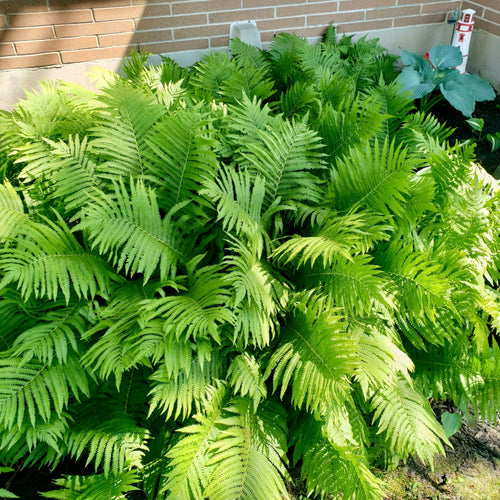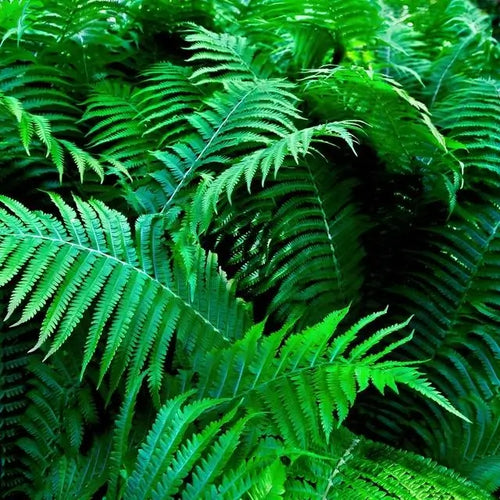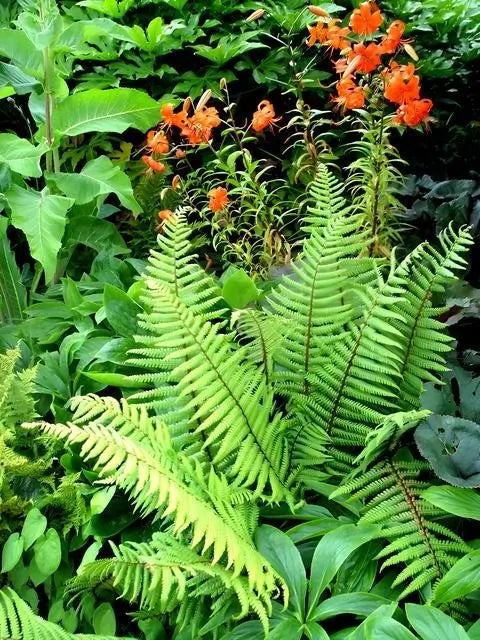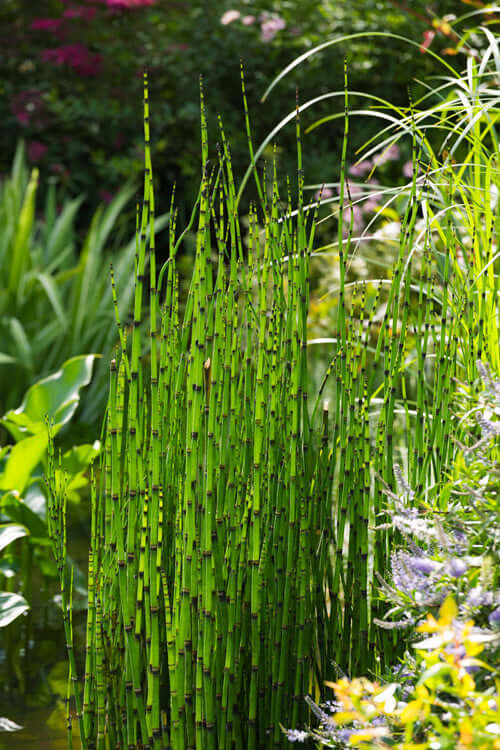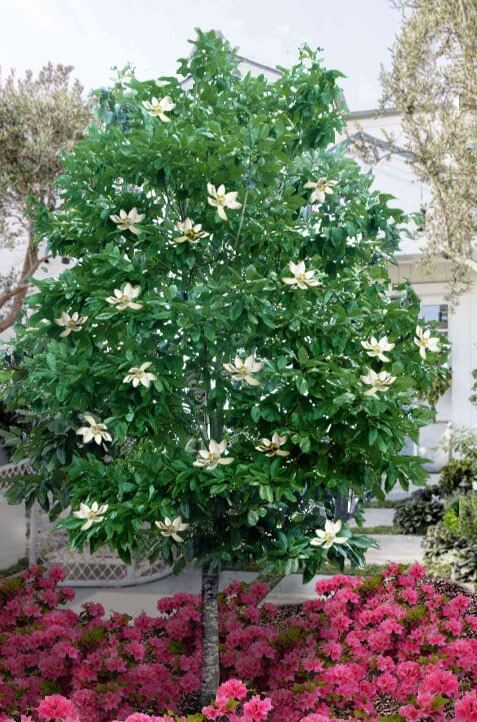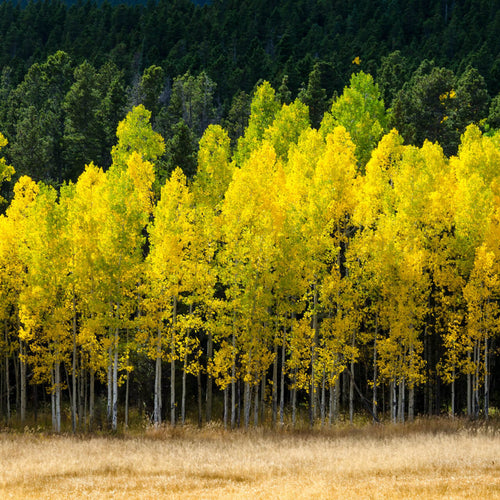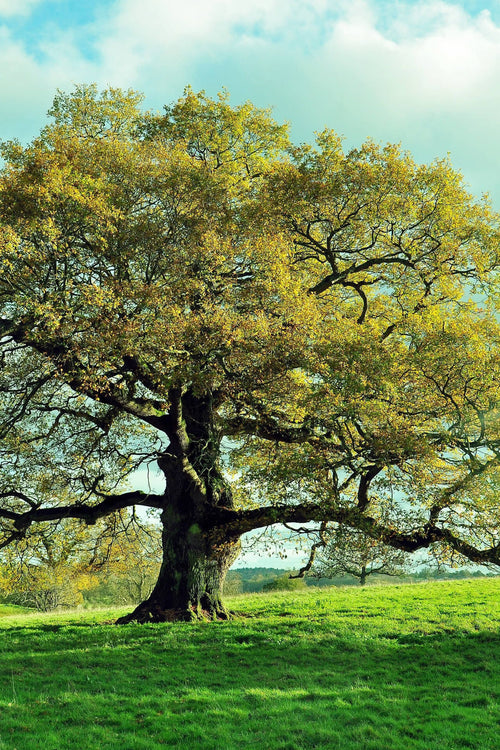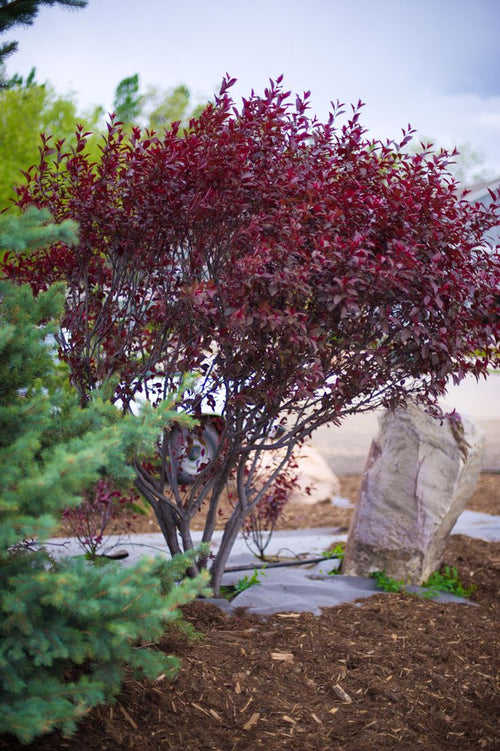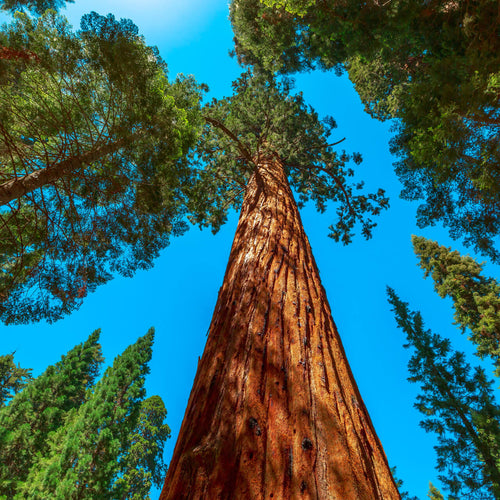Wax Leaf Privet
The Wax leaf privet is a cold-hardy, fast-growing evergreen shrub that grows in sun or partial shade. It prefers fertile and consistently moist soil.
Wax Leaf Privet is anevergreen shrub known for making a hedge with glossy, dark green leaves, fragrant white flowers, and blackberries, often used as a hedge or ornamental plant in landscaping. Itis a popular evergreen shrub with numerous positive attributes, making it an excellent choice for landscaping projects. Its versatility, adaptability, and aesthetic appeal make it a favorite among amateur gardeners and professional landscapers.
Wax Leaf Privet Is a Hardy Evergreen Shrub
One of this shrub's most significant positive attributes is its hardiness and adaptability to various growing conditions. It can thrive in multiple soil types and pH levels, from acidic to alkaline, making it suitable for many regions and climates. This adaptability also allows it to withstand moderate drought conditions, making it a low-maintenance addition to any landscape.
Furthermore, it's dense and glossy foliage provides an attractive visual element all year round. The leaves are leathery and waxy, adding a lush and luxurious appearance to the landscape. The dark green color contrasts with other plants and flowers, creating a visually striking and appealing garden setting.
Pruning And Shaping The Shrub
Another essential positive attribute is its ability to be easily pruned and shaped into various forms, such as hedges, topiaries, or even small trees. This makes it an ideal candidate for creating privacy screens, bordering walkways, or defining specific garden areas. Its rapid growth rate means it can quickly fill spaces, helping to develop a mature and well-established landscape in a shorter period.
Moreover, this shrub is known for its ability to attract wildlife. Its flowers produce a delightful fragrance that attracts bees and butterflies, making it an excellent choice for pollinator-friendly gardens. Additionally, the dense foliage offers bird shelter and nesting opportunities, providing a balanced ecosystem within the landscape.
In terms of maintenance, this shrub is relatively low-maintenance, requiring little pruning except for shaping purposes. It is also reasonably resistant to pests and diseases, reducing the need for chemical treatments and ensuring a healthier garden environment.
When considering its benefits for landscaping, it's worth noting that this shrub can adapt to different design styles, from formal and traditional to modern and contemporary landscapes. Its versatility in both shape and aesthetic appeal allows it to complement various architectural styles and other plant selections.
In conclusion, the wax leaf privet boasts several positive attributes that make it a sought-after shrub for landscaping purposes. Its adaptability, aesthetic appeal, wildlife attraction, and low-maintenance requirements make it a famous tree for gardeners seeking to enhance their outdoor spaces. Whether used as a hedge, topiary, or standalone specimen, it can add a touch of elegance and beauty to any landscape design.
Order Your Shrub at TN Nursery
The Wax Leaf Privet, or Ligustrum japonicum, is a versatile and popular evergreen shrub that graces gardens and landscapes with its elegant presence. Originating in East Asia, specifically Japan and Korea, this plant has become a popular addition to gardens worldwide, thanks to its charming characteristics and versatility.
The shrub is renowned for its lush, dark green foliage that remains vibrant throughout the year. Its leaves are glossy and waxy, giving the landscape a unique texture and shine. This feature adds a touch of elegance, making it an ideal choice for decorative purposes.
Wax Leaf Privet can grow up to 6 to 12 feet high, with an equal spread, making it perfect for borders, hedges, or a standalone plant. Its dense growth habit and the ease of pruning and shaping make it a popular option for creating well-defined hedges and screens in gardens.
During late spring and early summer, it produces fragrant, creamy-white blossoms that adorn the branches in small clusters. These blooms attract pollinators like bees and infuse the air with a sweet, pleasant scent. Following the flowers, the shrub may bear small, dark berries that transition from green to black as they ripen. These berries can attract birds and wildlife to your garden, adding another layer of interest.
This Plant Is Highly Adaptable
One of the most compelling features of it is its adaptability. It can succeed in many soil types and is exceptionally tolerant of environmental conditions, including drought and urban pollution. This resilience, coupled with its low maintenance requirements, makes it a favorite among gardeners and landscapers.
With its lush foliage, fragrant blooms, and year-round beauty, the Wax Leaf Privet is a versatile and aesthetically pleasing addition to any landscape, whether used as a privacy screen, attractive backdrop, or focal point in your garden. Its timeless elegance and adaptability ensure it remains a cherished plant in gardens for years.

